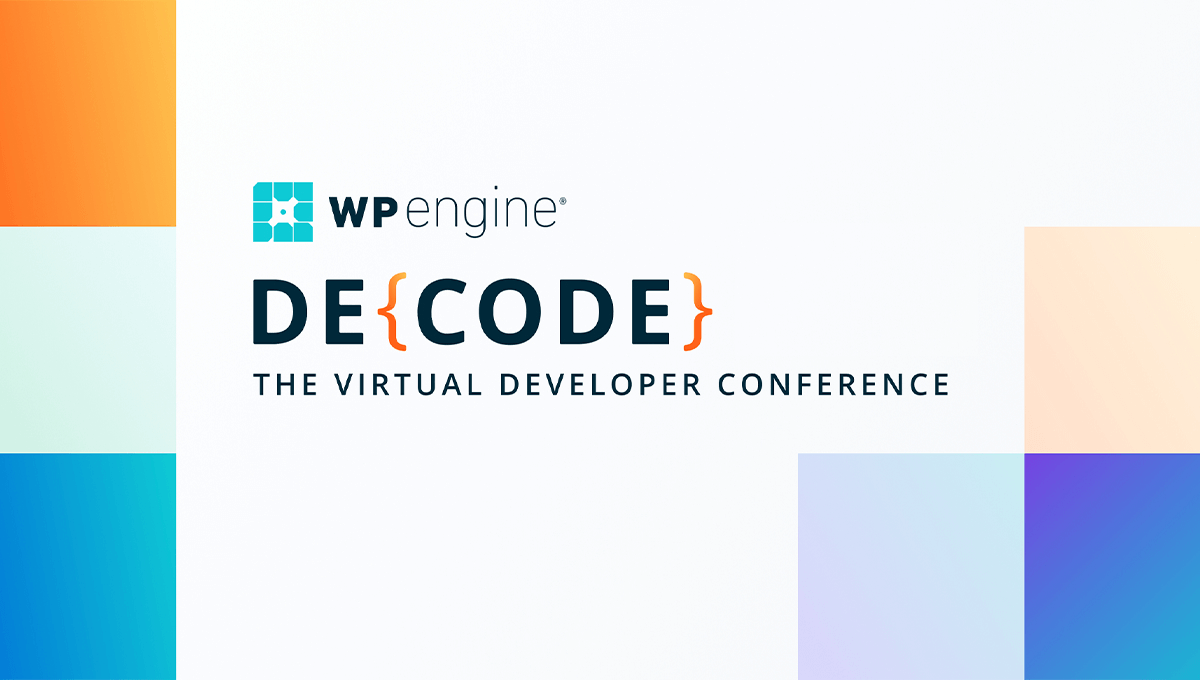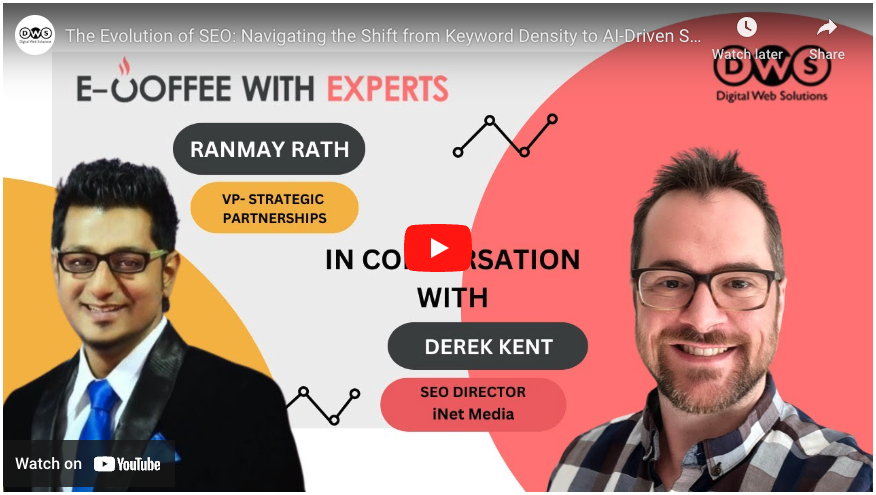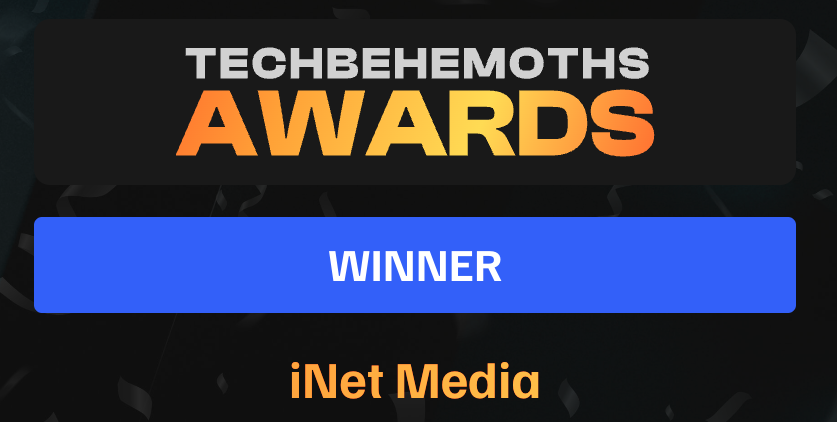If you’re looking to obtain more visibility on SERPs (Search Engine Results Pages), then you’ll certainly want to consider Google Ads with image extension. The reason being is that ads that are visible and available will typically function better. And as a result, you will get more clicks, conversions, and sales.
When it comes to Google ads, there are a few choices for ad extensions, with all of them affecting the overall performance of your ad. You’ll be able to add location extensions, links of sites, organized snippets, etc.
Google’s new image extension feature is accessible to use in real-time campaigns on Google for all marketers. Produced to allow for more visibility, image extensions have generated a more fierce terrain in PPC (Pay-Per-Click) marketing.
Image Extensions: The Benefits and Advantages
On the Google SERP, the image extensions will show. Right next to the headline of your ad, as well as the URL and description. Google permits you to select the images that appear in your ads and you’ll be able to personalize them for your specified market.
Images seem to effortlessly pull people’s concentration and focus, this is what makes them such an authoritative and influential advertising tool. These extensions work to optimize the text ads that are on Google. They can recreate your text ads, making them more pictorially attractive and captivating, and as a consequence, enhance functionality. As a matter of fact, image extensions produce a higher CTR (Click Through Rate) relative to similar extensions.
And the numbers illustrate the evidence: a team of media experts directed an examination to test which extensions produced optimal functionality. They began with theories that the adjunct image extensions will enhance the CTR in addition to the ad scores while possibly minimizing cost-per-clicks. They included a multitude of image extensions to several ads in separate placements and assessed their functionality by:
- Checking the image extension’s functionality relative to different extension variations in the account
- Evaluating account functionality prior to and following the implementation of the extensions
Generally, image extensions possessed a higher click-through rate and no variation in the CVR (Conversion Rate) relative to different extension groups.
How Do Google Image Extensions Function in Google?
Adding image extensions can be done by uploading photos from your desktop, or scanning your site or social media accounts via Google’s platform. If you decide to scan your site or socials for images, you can evaluate and select for yourself which images you want in your campaign.
You have the ability to include image extensions within the campaign level. The images you include at a particular level will depend on the structure of your campaign. For instance, an image that’s pertinent to all of your groups or if all of your groups market the same product or service, then requiring image extensions that are on the campaign level may be your best bet. On the other hand, if the image isn’t pertinent to your ad groups or groups that endorse different products or services, the wise choice will be to establish your image extensions in every single ad group.
The image extension is not connected or affixed to any particular ad. Similar to your descriptions, headlines, and other extensions, Google will alter the extensions that occupy your ad. There are certain scenarios where they won’t show up each time the ad does. This is because Google selects what extension (or a multitude of extensions) shows up dependent on anticipated CTR and what variable will typically cause a user to click. The aim is to enhance the ad’s functionality by displaying the data that will optimally assist the inquirer’s questions.
Every ad extension has a separate mission and functionality. But when it’s all said and done, the main objective of any extension is to bolster the user experience and make it simple and effortless to find information.
Essentials and Best Practices for Google Ads Image Extensions
Different images are going to have varying degrees of success in regards to performance. Some images outperform others and then some will direct traffic to competitor sites. Furthermore, there are certain essentials that every image extension must adhere to get the stamp of approval from Google.
Essentials
There are certain requirements as it pertains to the format that Google has earmarked for image extensions. And if these requirements are not met, then the images will not be approved by Google. A limit of 20 images is permitted in each ad group or campaign.
- File size: Google permits a maximum file size of 5120 KB
- File formats: You can upload JPG, PNG, or a static GIF image
- Image size: Images that you pick are allowed to be square (1:1) or landscape (1.91:1). Landscape images have to be a minimum of 600 x 314, but the suggested size is 1200 x 628. Square photos should be at least 300 x 300, but it’s advised to go for 1200 x 1200.
Image extensions can’t:
- Be the logo of a brand, and also can’t have a graphic, text, or logo overlay
- Contain ample empty space
- Be cropped that results in the product or service becoming unidentifiable
- Be a montage of several photos
- Contain titillating or provocative images
- Be fuzzy, blurred, poor quality, warped, or badly cropped
Your account must be open for at least 90 days to take advantage of image extensions for your Google ads. Additionally, you have to have a track record of compliance in regard to policy.
Best Practices
You should have functional, instructive, first-rate, and pertinent image extensions. Select images that are basic and distinctly display the product or service you’re offering. Moreover, you will need to make certain that the photos you choose are congruent with the keywords as well as the squeeze page that’s linked to your ad for you to supply a consistent experience for your customers.
Even though the maximum is 20 images for your ad group or campaign, it is recommended — by both Google and media experts — that you limit the amount of images to 3 or 4 for your campaign. Additionally, it’s also advisable that out of all the images available, you choose lifestyle photos with people. This is one of the best practices used in display ads that also has merit in PPC marketing because lifestyle photos typically garner the most attention. Don’t be afraid to test out different photos in order to find the cream of the crop.
Google advises that the most critical content be at the central point of your photo.
It’s important to keep in mind that even with an enhanced CTR, image extensions might fail to connect with the specific user you’re trying to reach. You don’t want to cast a net so wide that you end up catching nothing. This is simply a waste of time and energy. Ensure that your target market is at the forefront of your mind (and strategy), and aim your resources at producing content that is geared toward them.
Finding the Right Partner for Your Google Ad Campaign
Google is the most widely used search engine in the world. With this being the case, it’s apparent that Google Ads is on par with similar levels of effectiveness when it comes to digital marketing.
With your digital advertising plan, you may lack the experience needed to produce and implement a successful campaign from beginning to end. Collaborating with a specialist who understands all the nooks and crannies within the digital advertising space is paramount for saving you time, money, energy, and frustration.
At iNet Media, we are experienced, committed, and results-driven specialists within the realm of digital advertising. A Google Premier Partner with a no BS approach to the development and success of your business — our seasoned team of experts boasts over 200 years of combined marketing experience. Additionally, with a track record of over 3000 successful campaigns, you can be sure that you’re in good hands with iNet!
Get in touch with us today to see how we can best serve your business. We look forward to hearing from you!





